Many people like to bask in bed a little longer every morning when the alarm goes off and they have to get up for work or school. And it seems that in the morning the bed becomes softer and warmer. And few people know that it is from twill satin that bed linen is made, which is so pleasant to the touch. This is what we will talk about below.
What is this twill satin fabric: composition and varieties
Scotland is considered the birthplace of twill satin. This country has always been famous for its high level of weaving art. Cotton fabric was created there, which has a high level of wear resistance.
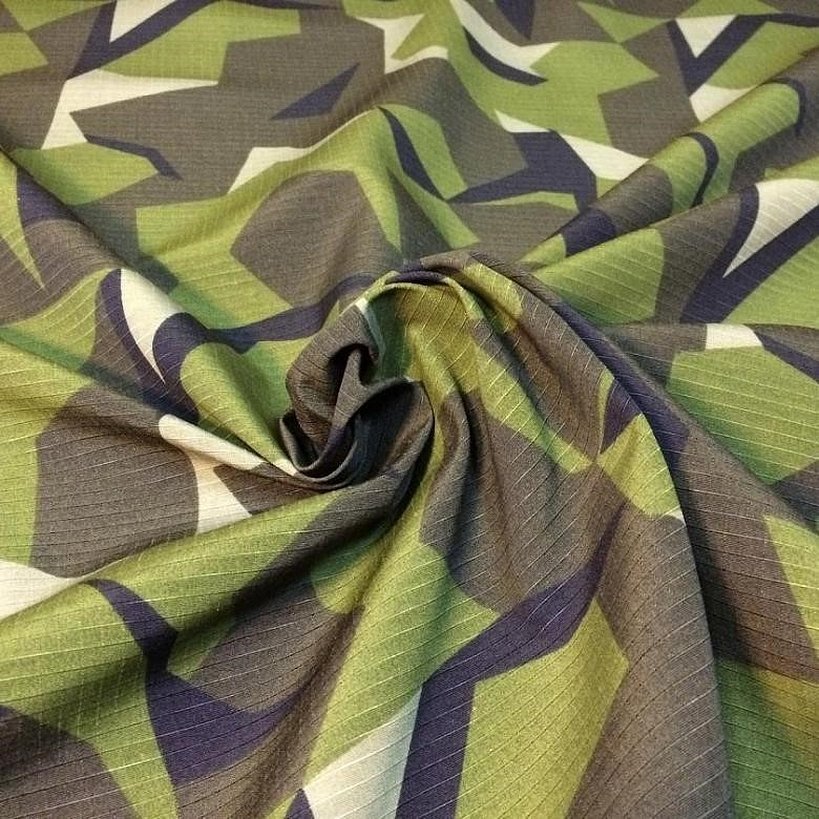
Twill satin is a fabric that is made by interweaving satin and cotton in a ratio of 2:2. A certain durability and strength is provided by the correct weaving of the threads, which allows it to retain softness.
For your information! It is difficult to distinguish twill satin from standard satin by eye. It is the weave that gives twill its greater softness.
Twill is in great demand among buyers due to its smoothness, durability and softness. Products made from this material can be safely washed in a machine without worrying about the color changing or holes being worn out.
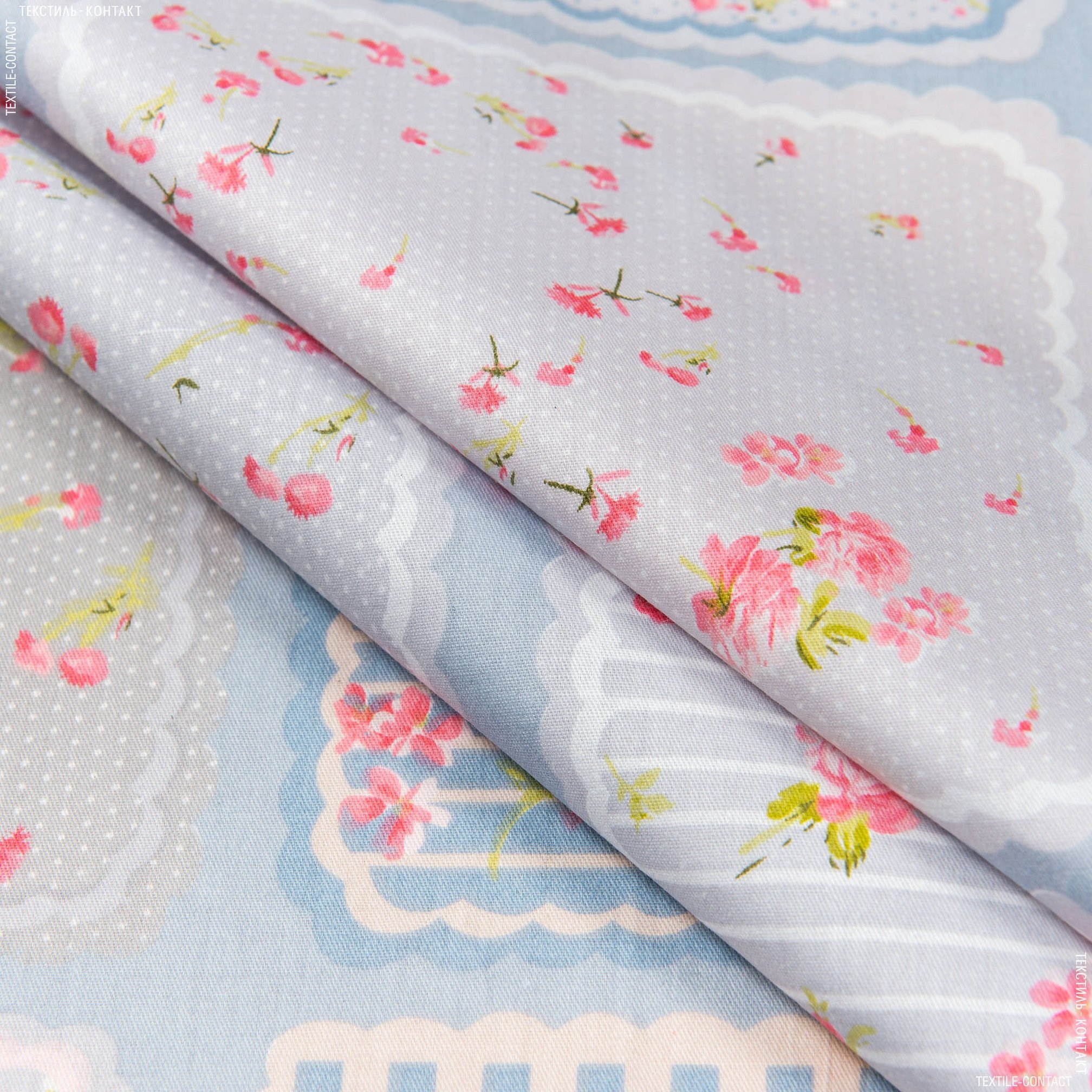
Important! Twill satin has a high level of thermal insulation. It is this characteristic that does not allow you to quickly wake up and get out of bed, because during sleep, bed linen absorbs body heat and retains it for a long time.
Twill satin may contain various materials, which increase its softness and price accordingly:
- Twill sateen is based mostly on cotton. This is the standard version of the material used to make bed linen sets.
- A mixture of silk and elastane is added to the composition. This gives a higher level of elasticity and strength to the material. It is used to make casual and children's clothing.
- Cotton with added stretch. Mainly used to create underwear. This material is practical and comfortable, soft to the body and does not irritate the skin. With constant washing it does not lose color, shape and stretches well.
- Adding polyester to twill satin. This material is perfect for making things that are used daily: upholstery of sofas and armchairs, chairs, bedspreads, curtains, bedside rugs.

The quality of the robe or bed linen can be checked on the label. It describes the composition in precise proportions.
In general, the fabric has the following properties:
- softness;
- wear resistance;
- holds dyes and designs perfectly;
- practical in everyday use;
- smooths out quickly;
- allows the body to breathe;
- guarantees easy removal of stains without deformation.
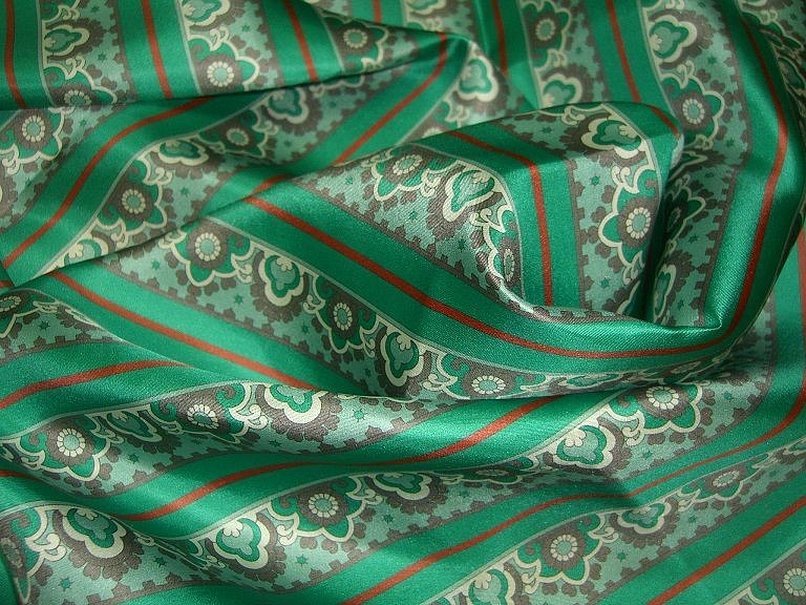
These positive qualities are complemented by a low price on the market. Having bought it, the seamstress will receive an affordable material that will last a long time.
Twill is also distinguished by the type of fabric dyeing:
- melange. It is a combination of two colors in one product;
- lamination. The technique involves twisting threads in a certain order, which creates a pattern or picture;
- plain-colored - this is when only one color dominates;
- print - the creation of a specific design that is used throughout the entire product.
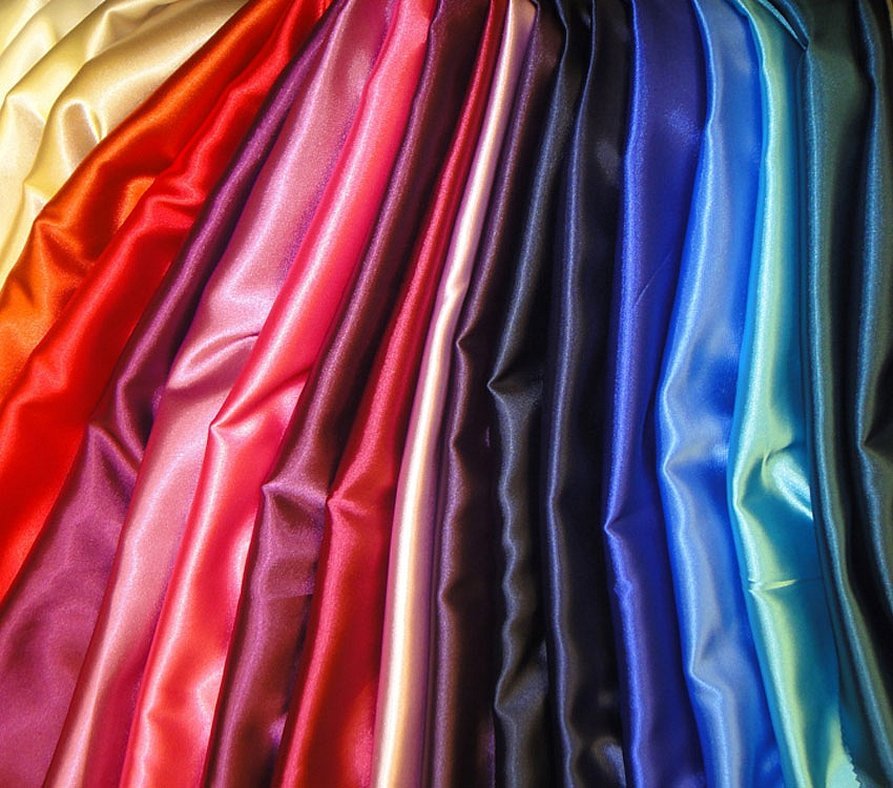
Scope of application
Since the fabric has excellent properties for continuous use and attractive prices, manufacturers of clothing and home goods often sew their products from it.

- Most often used for home textiles. These can be curtains, bedspreads for upholstered furniture, bed linen. This material is practical and convenient, easy to clean, repels dust and other elements. Due to its ability to insulate, softness and external indicators, it is most often used in the production of bed linen.
- Production of home, casual and children's clothing. At home and at work, everyone wants to feel comfortable and move easily. Products made of twill satin are perfect for everyday wear. Children's clothing made of such fabric does not cause allergic reactions in the child and allows the baby's skin to breathe with constant movement.
- Making light dresses and shirts, especially men's. They are pleasant to the body, which allows you to wear them constantly to work and feel comfortable.
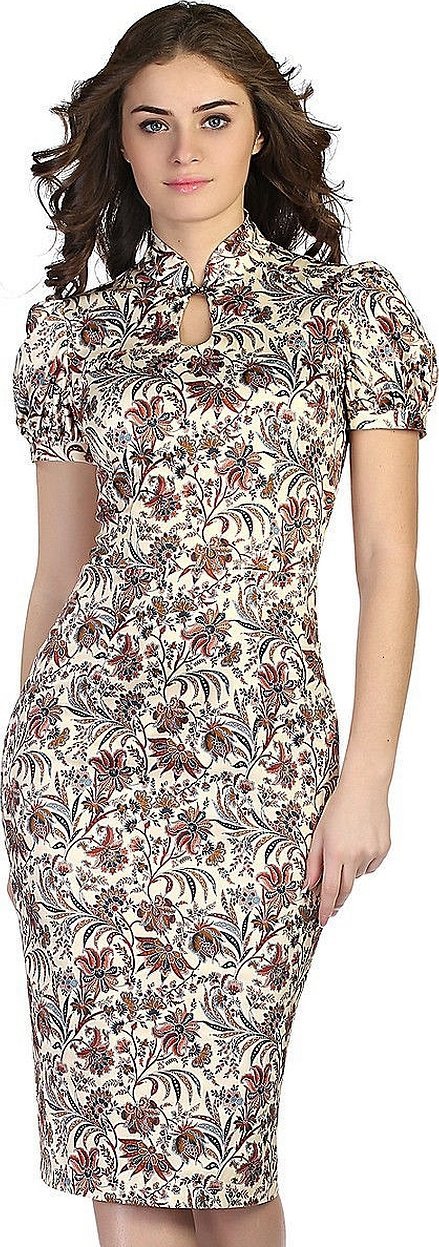
How not to confuse with other fabrics
Each fabric has its own distinctive features. And basically everything depends on the type of weaving of the threads.

Important! Twill satin, satin, calico, ranfors have different weaving. Moreover, the composition and weaving method are two different things.
Before buying, it is worth carefully studying the composition. Most often, manufacturers indicate the percentage of cotton and other auxiliary fibers. Cotton should be at least 35%, the rest can be synthetic materials or viscose. Such fabric is cheaper than regular twill satin.
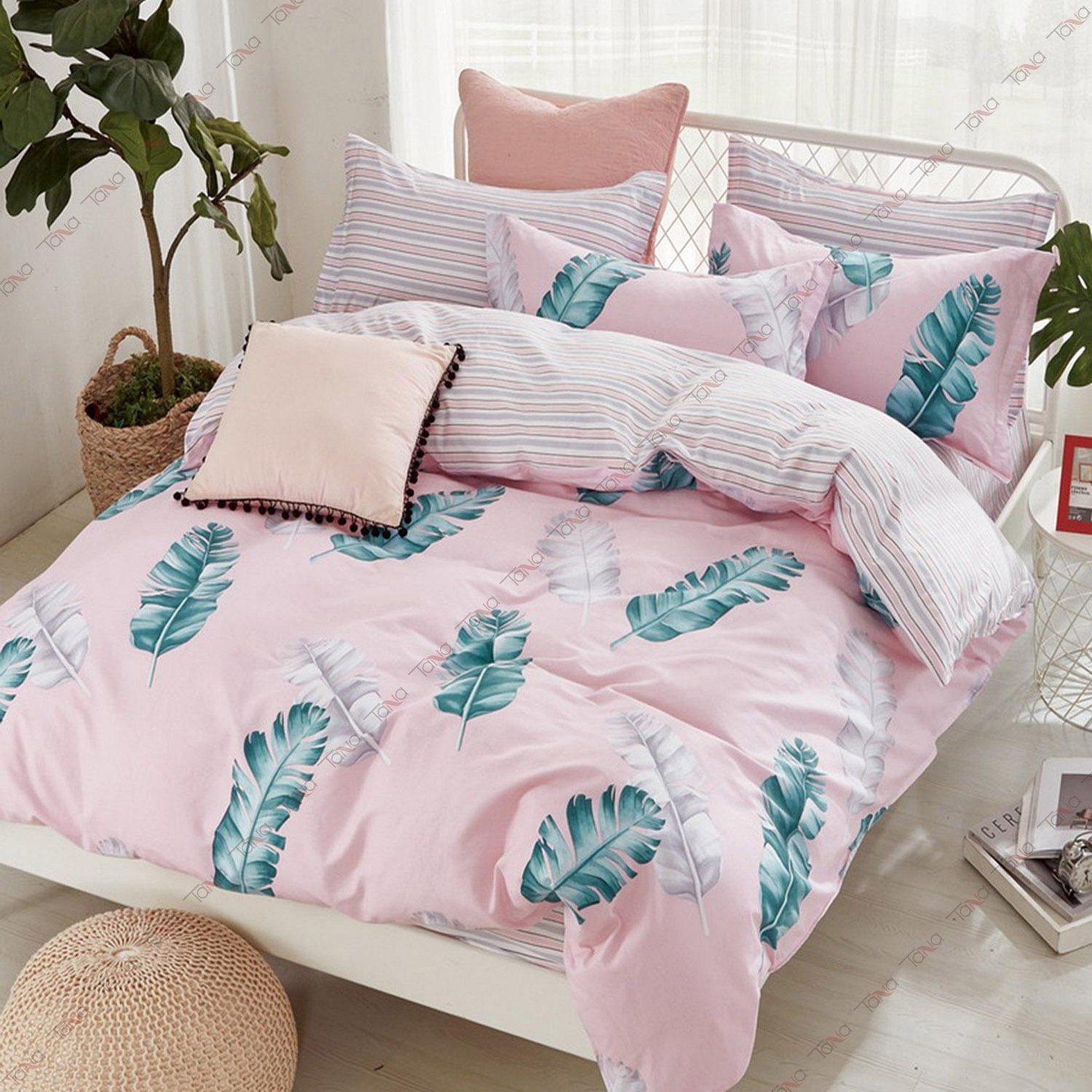
For comfortable and pleasant use, it is worth choosing items with a cotton percentage higher than 50%.
Please note! Synthetic substances in the product may cause allergic reactions, inflammation or skin irritation. It is worth carefully studying the label.
Adding viscose to the material will only improve the qualities of twill in terms of thermal insulation and smoothness. Viscose absorbs paints well, so the color or print on the product will last a long time and will not lose its appearance.
Differences between satin twill and classic satin
In terms of its operational functions, satin is practically no different from twill. The difference between them is in the weave. Classic satin is denser than twill. Twill fibers are intertwined in a ratio of 2:2, but satin weaves in a ratio of 1:3.
They also differ in price. Twill is cheaper on the market than satin.
How to care for the material
Proper care can significantly increase the service life of any product. It is worth carefully studying the care rules for each item before washing, manufacturers always indicate them on the tags. Twill satin is not a whimsical fabric, there are no difficulties in caring for it, but by following a few recommendations, things can last much longer:
- washing should take place at a temperature of 30 °C, not higher than 40 °C;
- It is worth using mild and gentle detergents for washing in the washing machine;
- do not add aggressive substances such as bleach. Such a product can discolor the product and quickly render it unusable;
- You can dry it either in a tumble dryer or at room temperature;
- When ironing, it is worth spraying a little water from a spray bottle. This will ensure fast and high-quality ironing.
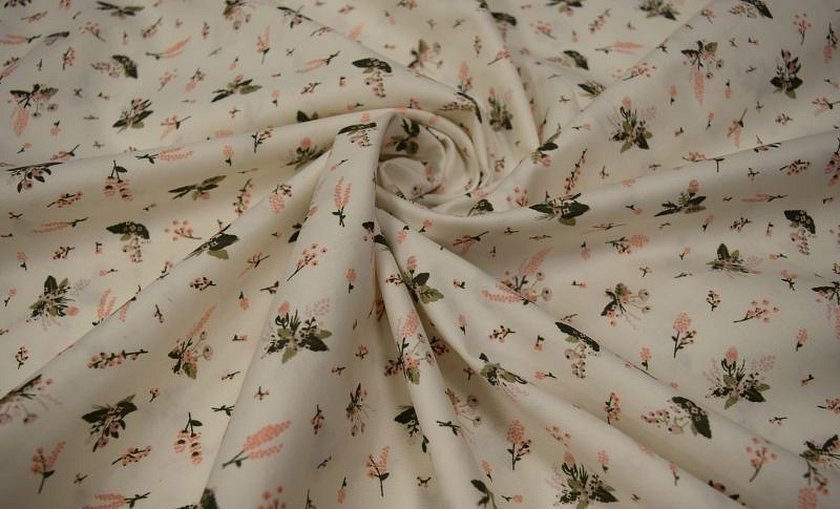
Customer Reviews
Thanks to its positive qualities in use and ease of care, twill satin is gaining more and more positive reviews. Here are some examples:
Angelina, 48 years old: “I spent a long time looking for high-quality and reasonably priced bed linen. I prefer to choose natural fabrics. I settled on a chocolate set with white orchids. I was incredibly worried during the first wash. I was afraid that the brown would lose its color and turn into white. But no, everything went well. The bed linen keeps the heat well, is very soft and smells great after adding conditioner. I bought it at a very good price of 2,500 rubles, chose a double set. I was extremely happy with the purchase.”
Elena, 36 years old: “After the renovation, I was choosing curtains for my new home. I knew that I should choose twill satin products. It repels dust and various types of dirt very well. I was right. The olive-colored curtains did not lose their color after washing. After drying them a little in the room, I carefully ironed them while they were still damp, setting the iron to the “Steam” function. There were no folds left. I immediately hung them up and steamed the uneven areas that I couldn’t smooth out.
Please note! I recommend it to everyone. It is an ideal option for home use!
Oksana, 38: “A few years ago I bought raspberry-colored twill satin trousers. This is one of my best purchases. The price was reasonable. I washed them many times, the color remained the same. I use washing powder for colored items and wash them on a delicate cycle. In the summer, in hot weather, the trousers are an irreplaceable thing. My legs don’t sweat, the trousers are very breathable.”
Twill satin is perfect for everyday use. The fabric breathes well, retains heat, does not cause allergies (depending on the composition), is easy to clean and does not allow dust to settle. It is a universal material for clothing and bedding, as well as furniture and decorative elements.




